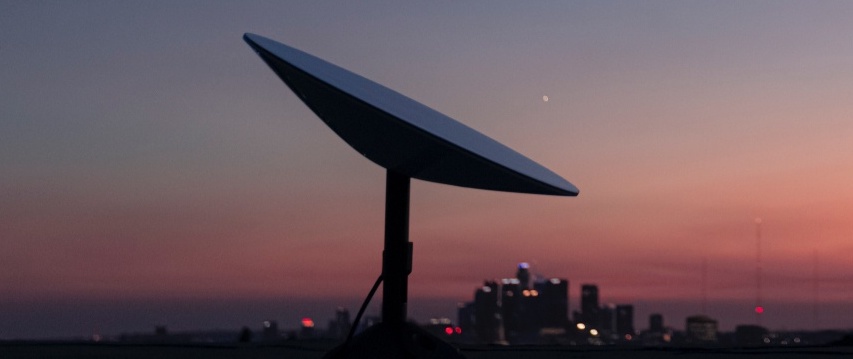SpaceX today was granted permission to use a lower orbit for Starlink satellites, as regulators agreed with SpaceX that the change will improve broadband speed and latency while making it easier to minimize orbital debris. In granting SpaceX's request, the Federal Communications Commission dismissed opposition from Viasat, Hughes, Dish Network, OneWeb, the Amazon subsidiary known as Kuiper, and other satellite companies that claimed the change would cause too much interference with other systems.
In 2018, SpaceX received FCC approval to launch 4,425 broadband satellites at orbits of 1,110 km to 1,325 km. An FCC order in 2019 gave SpaceX permission to use a lower altitude for over 1,500 of those satellites. Today's FCC order granting SpaceX's additional license-change request lowers the altitude for 2,824 of the satellites, letting them orbit in the 540-570 km range. Today's FCC order will also let SpaceX use a lower elevation angle for antennas on user terminals and gateway Earth stations.
"Based on our review, we agree with SpaceX that the modification will improve the experience for users of the SpaceX service, including in often-underserved polar regions," the FCC order said. "We conclude that the lower elevation angle of its earth station antennas and lower altitude of its satellites enables a better user experience by improving speeds and latency."
The FCC order also said, "a number of the satellites being deployed pursuant to this modification are satellites orbiting at high inclinations, which are uniquely able to provide improved service to higher latitude regions." As for the license change's impact on orbital debris, the FCC said that "deployment to a lower altitude guarantees removal of satellites from orbit within a relatively short period of time, and consequently has beneficial effects with respect to orbital debris mitigation."
The FCC previously allowed SpaceX to operate 1,584 of the satellites at an altitude of 550 km, via an approval in April 2019.
Many satellites at different altitudes
The number of Starlink satellites from the first batch approved in March 2018 has since been reduced from 4,425 to 4,408, and all of those are now approved for orbits between 540 and 570 km. SpaceX separately was granted permission in November 2018 to launch another 7,518 satellites at even lower altitudes of 335 km to 346 km. The space company is also seeking permission for 30,000 more satellites at altitudes ranging from 328 km to 614 km.
Besides what we've already mentioned, today's FCC order gives SpaceX "authority to conduct launch and early orbit phase (LEOP) operations and payload testing during orbit-raising and deorbit of its satellites."
"Our action will allow SpaceX to implement safety-focused changes to the deployment of its satellite constellation to deliver broadband service throughout the United States, including to those who live in areas underserved or unserved by terrestrial systems," the FCC said.


 Loading comments...
Loading comments...
